Cooking rice is a fundamental skill in many cuisines worldwide, and the pressure cooker has emerged as a versatile kitchen tool that simplifies this process. Whether you’re preparing a simple meal for your family or crafting an elaborate multi-course dinner, mastering the art of cooking rice in a pressure cooker can elevate your dishes to new heights. One of the most frequently asked questions among home cooks is, “How long does it take to cook rice in a pressure cooker until it’s perfectly done?” This article delves into the intricacies of using a pressure cooker for rice, exploring the factors that influence cooking time, and providing practical guidelines to ensure your rice turns out fluffy, tender, and delicious every time.
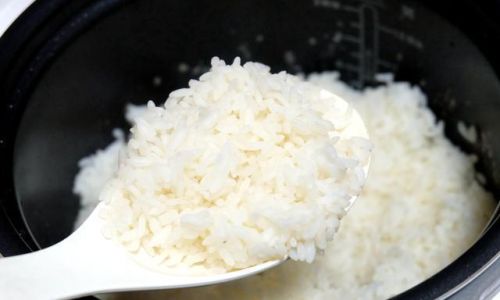
Understanding the Pressure Cooker Mechanism
Before diving into the specifics of cooking rice, it’s crucial to understand how a pressure cooker works. A pressure cooker is a sealed pot that traps steam inside, creating a high-pressure environment. This increased pressure raises the boiling point of water, allowing it to reach higher temperatures than in conventional cooking methods. As a result, food cooks faster and retains more moisture, leading to tender, flavorful dishes.
When using a pressure cooker for rice, the high temperature and pressure expedite the absorption of water into the grains, ensuring even cooking and minimizing the risk of overcooking or burning. However, achieving the perfect texture requires careful attention to several variables, including the type of rice, water-to-rice ratio, and cooking time.
Types of Rice and Their Cooking Characteristics
Rice varieties differ significantly in their starch content, grain size, and absorption capabilities. Common types include long-grain, medium-grain, short-grain, and aromatic varieties like basmati and jasmine. Each type responds differently to pressure cooking, necessitating adjustments in cooking time and water ratio.
-
Long-grain Rice: Known for its slender shape and separate grains when cooked, long-grain rice is ideal for pilafs and fried rice. In a pressure cooker, it typically requires around 4-6 minutes under high pressure, followed by a natural release of pressure.
-
Medium-grain Rice: Often used in risotto and paella, medium-grain rice has a creamy texture and slightly sticky grains. Cooking time ranges from 5-7 minutes under pressure, with a natural release.
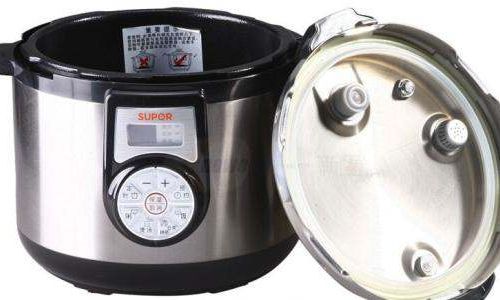
-
Short-grain Rice: Perfect for sushi and Japanese rice dishes, short-grain rice is sticky and cohesive when cooked. It usually takes 6-8 minutes under pressure, followed by a natural release.
-
Aromatic Rice: Varieties like basmati and jasmine are fragrant and have a distinct flavor. They generally cook in 4-6 minutes under pressure, with a natural release, preserving their aroma and texture.
Water-to-Rice Ratio: The Key to Perfect Rice
Achieving the perfect rice consistency also hinges on the water-to-rice ratio. A general guideline is to use 1.5 to 2 cups of water for every cup of rice, but this can vary based on the rice type and personal preference. For instance, long-grain rice may require more water to prevent stickiness, while short-grain rice needs less to achieve its desired sticky texture.
Pressure Cooker Cooking Time: A Detailed Breakdown
Now, let’s break down the cooking process step-by-step, focusing on the essential aspects of timing and pressure management.
-
Preparation: Rinse the rice under cold water to remove excess starch, which can make the cooked rice sticky. Drain well.
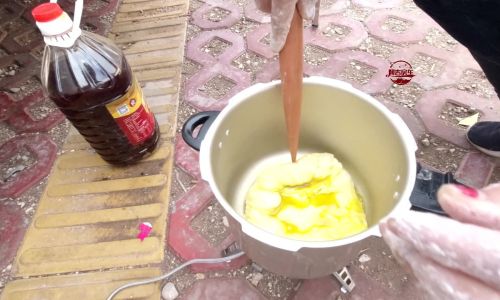
-
Adding Ingredients: Place the rinsed rice and the measured water into the pressure cooker’s inner pot. You can add a pinch of salt or other seasonings if desired.
-
Locking and Heating: Secure the lid of the pressure cooker and ensure the pressure valve is in the correct position for sealing. Set the cooker to high pressure and start the cooking cycle.
-
Cooking Time:
- For long-grain rice: 4-6 minutes under high pressure.
- For medium-grain rice: 5-7 minutes under high pressure.
- For short-grain rice: 6-8 minutes under high pressure.
- For aromatic rice: 4-6 minutes under high pressure.
-
Pressure Release: Once the cooking time is up, allow for a natural pressure release. This means letting the pressure cooker sit undisturbed until the pressure drops naturally, indicated by the pressure valve dropping back down. This step is crucial for preventing the rice from becoming mushy.
-
Fluffing and Serving: Once the pressure is fully released, open the lid carefully. Use a fork to gently fluff the rice to separate the grains and release any excess moisture. Serve immediately or let it sit covered to keep warm.
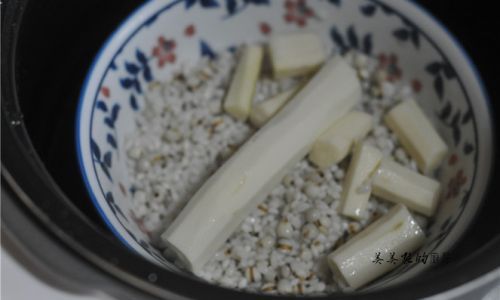
Adjusting for Altitude and Other Variables
Living at high altitudes can affect the boiling point of water and, consequently, the cooking time in a pressure cooker. Generally, higher altitudes require slightly longer cooking times or additional water due to the reduced atmospheric pressure. Additionally, the age and condition of your pressure cooker, as well as the specific model, can influence cooking efficiency.
Troubleshooting Common Issues
-
Sticky Rice: This often happens due to too little water or not allowing for a full natural pressure release. Adjust the water ratio and ensure a complete pressure drop before opening the lid.
-
Burnt Rice: This can result from too high heat or not enough water. Use the recommended water ratio and consider reducing the heat slightly if your pressure cooker has a heat setting adjustment.
-
Undercooked Rice: Insufficient cooking time or too much water can lead to undercooked rice. Adjust the cooking time accordingly and ensure the correct water-to-rice ratio.
Conclusion
Cooking rice in a pressure cooker is a quick, efficient, and reliable way to achieve perfectly cooked grains. By understanding the factors that influence cooking time—such as rice type, water-to-rice ratio, and altitude—and following a structured approach, you can elevate your rice dishes to new levels of flavor and texture. Remember, the key to success lies in precision, patience, and a willingness to experiment until you find the perfect settings for your specific pressure cooker and preferred rice varieties. With practice, you’ll soon be able to produce fluffy, tender rice that complements any meal, making you a master of the pressure cooker.

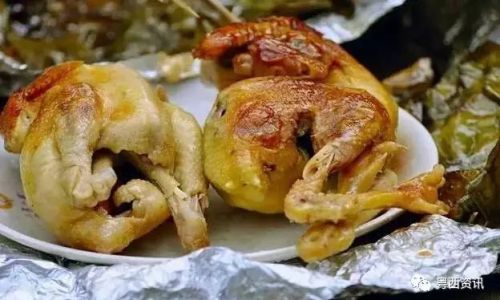

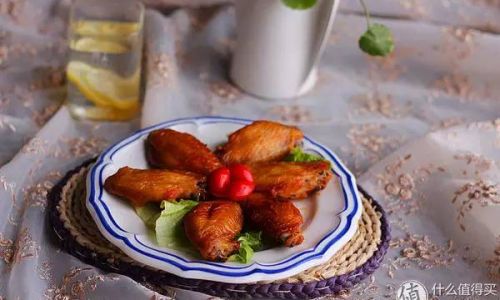
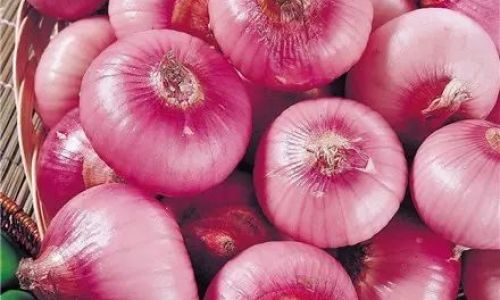
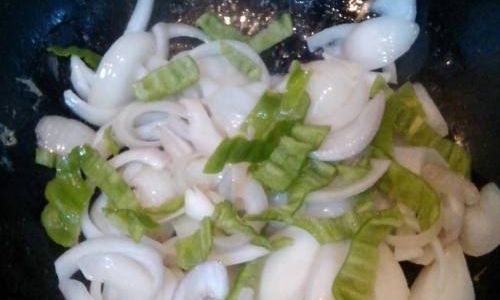
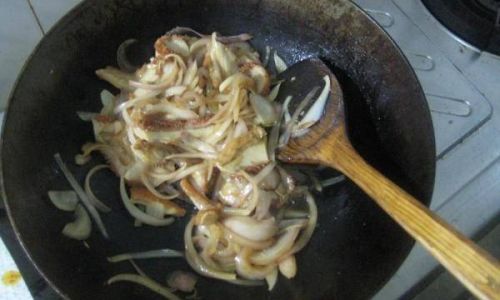
0 comments